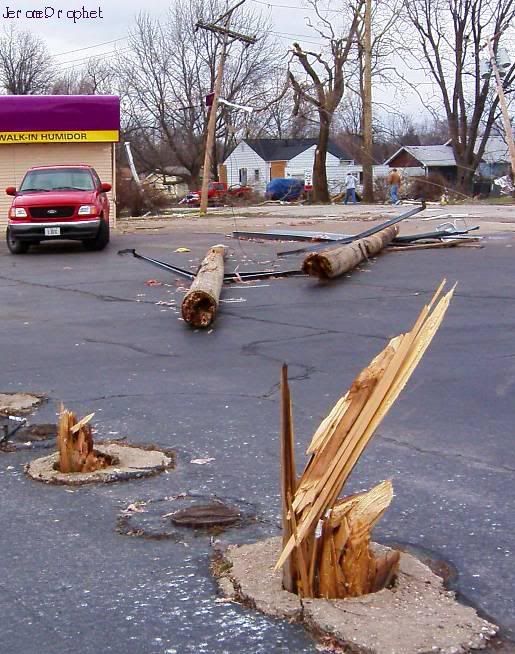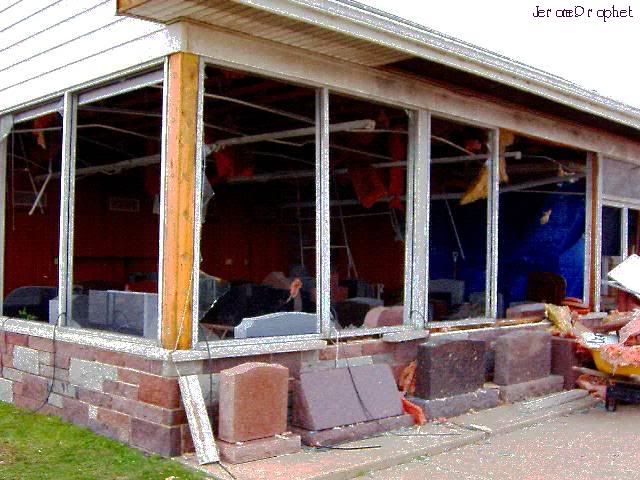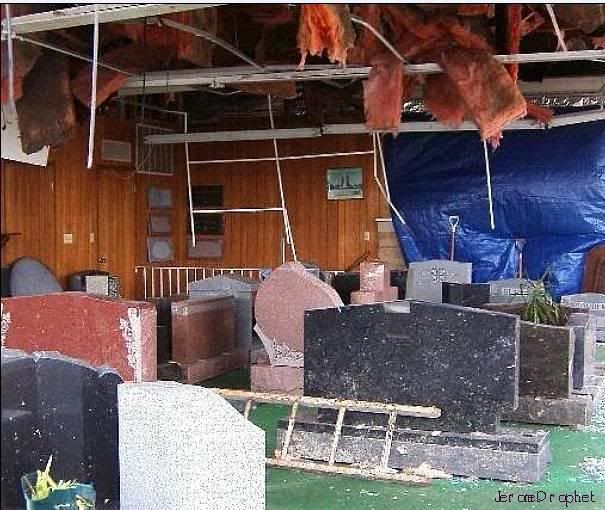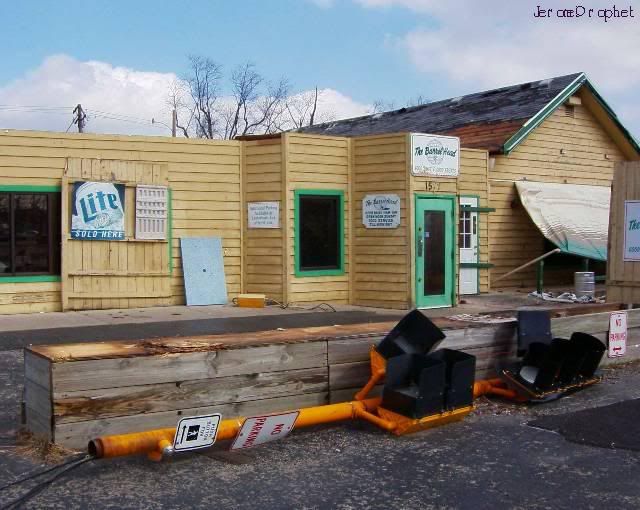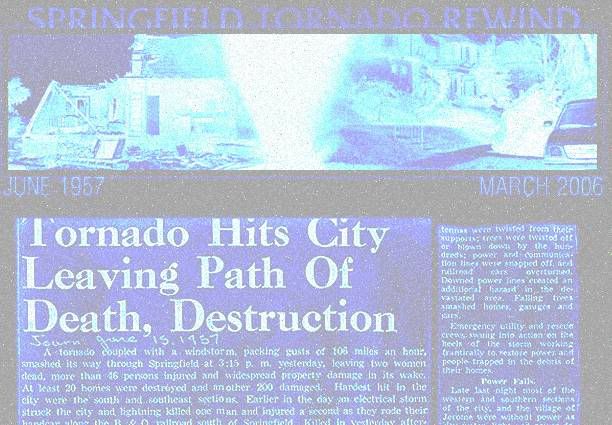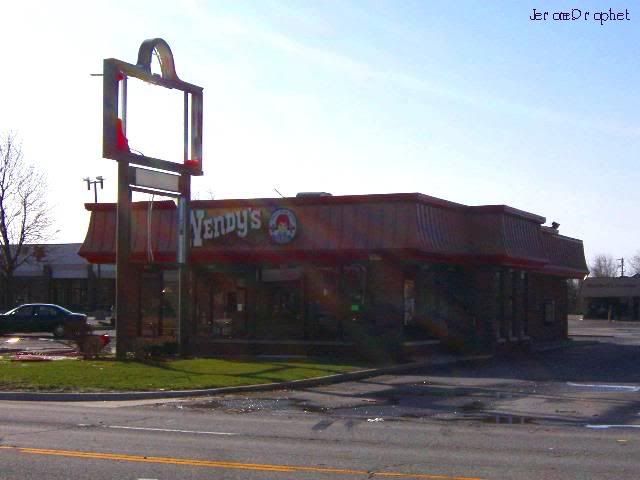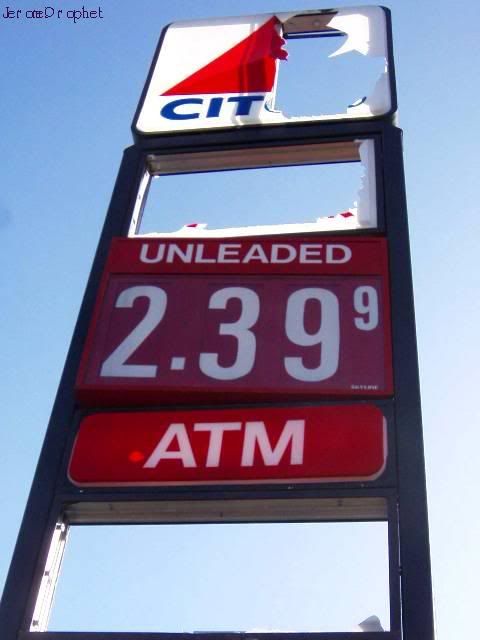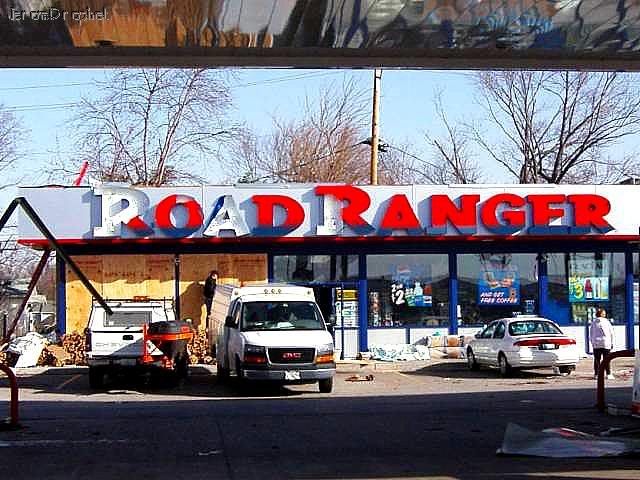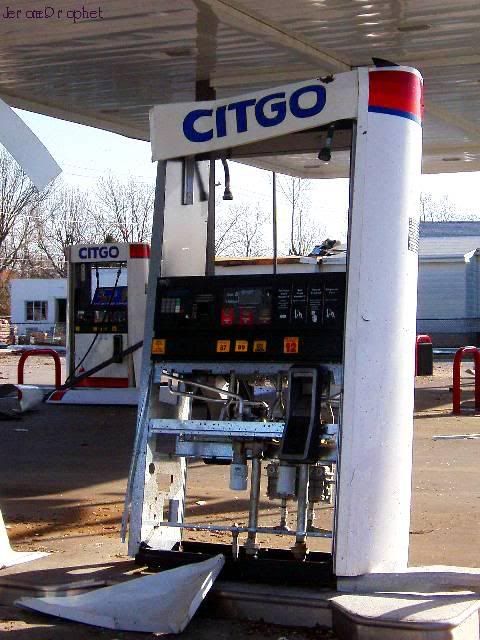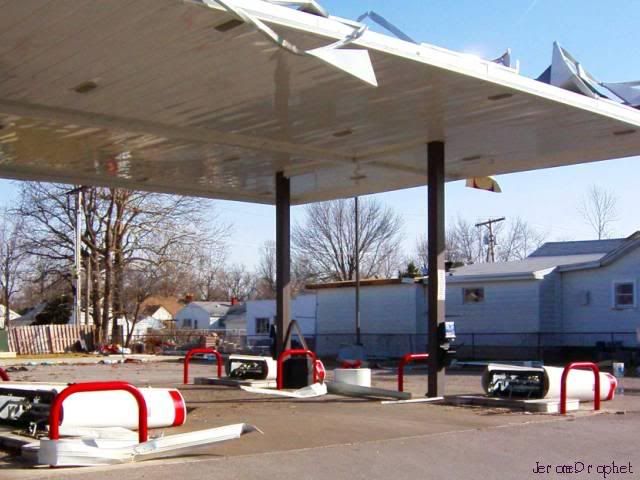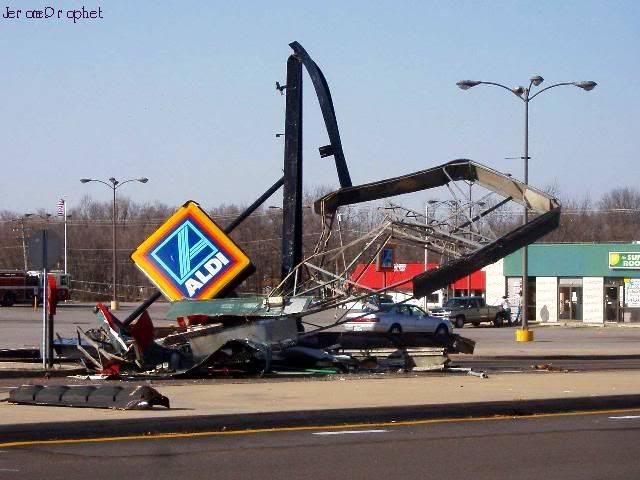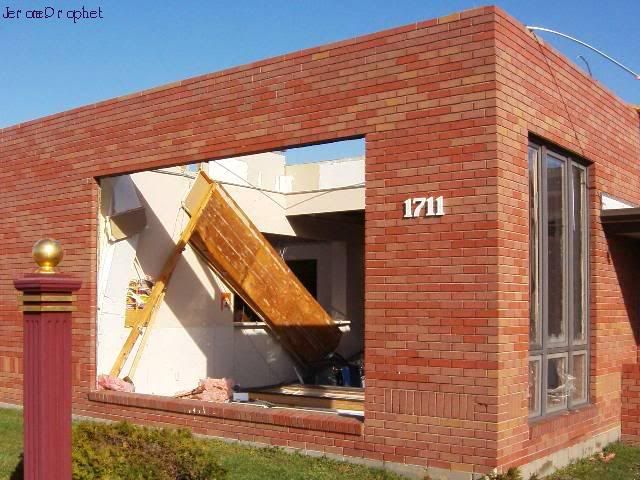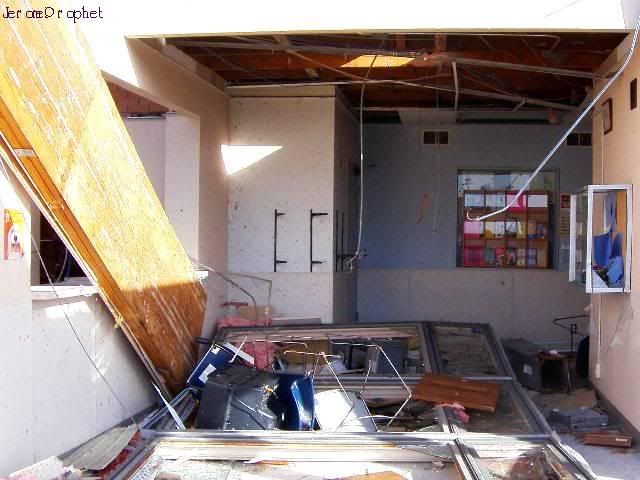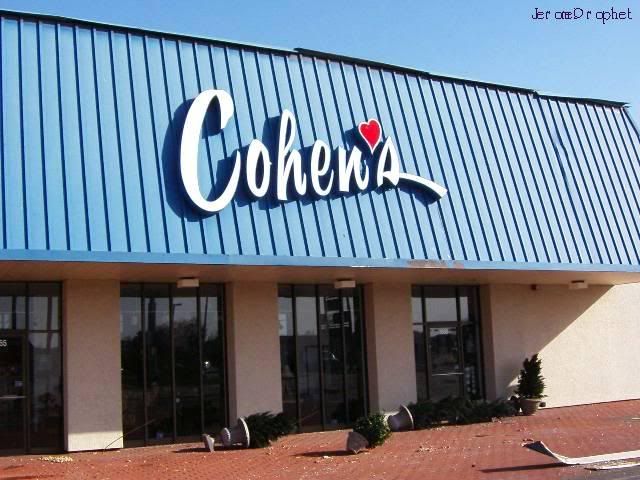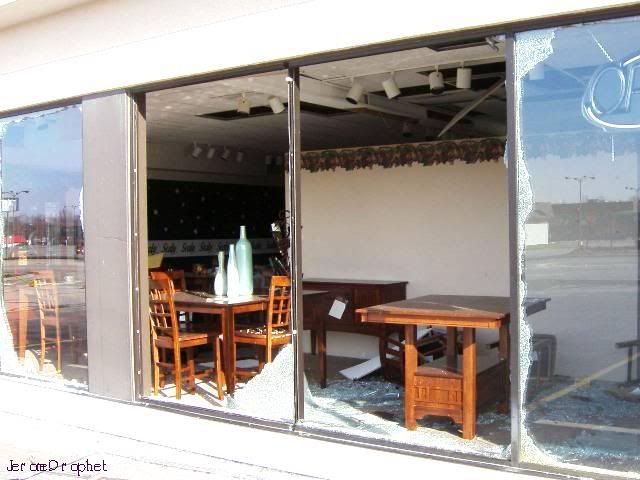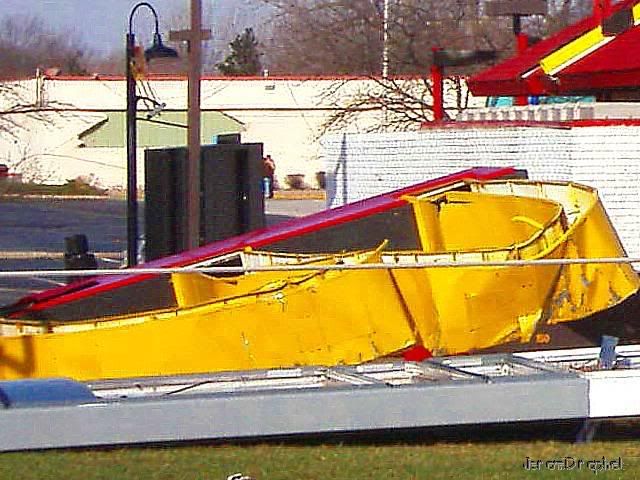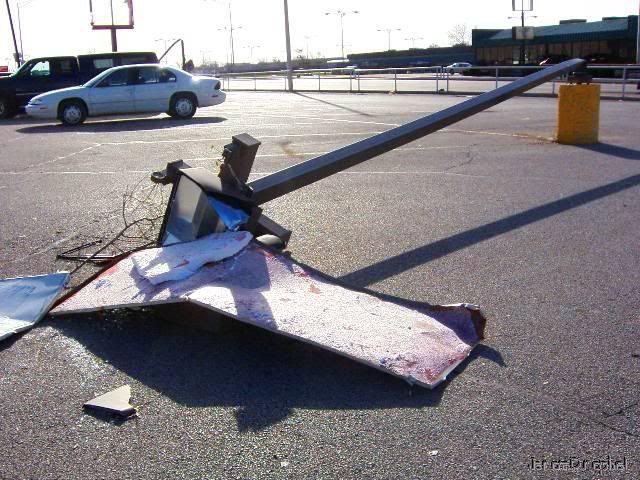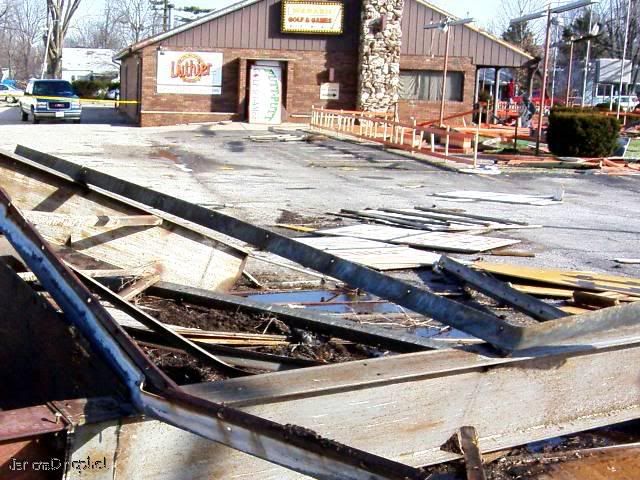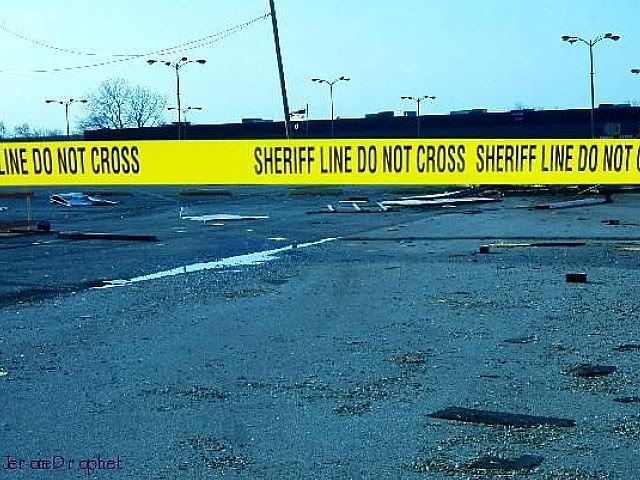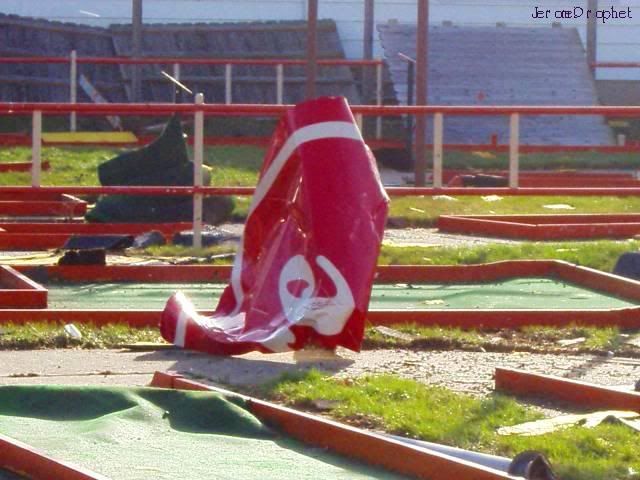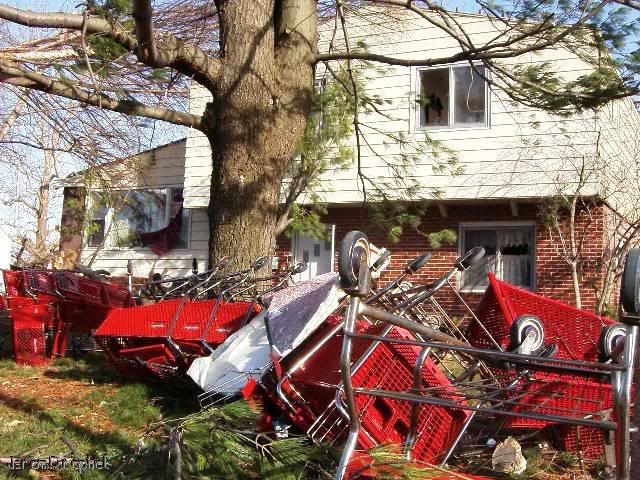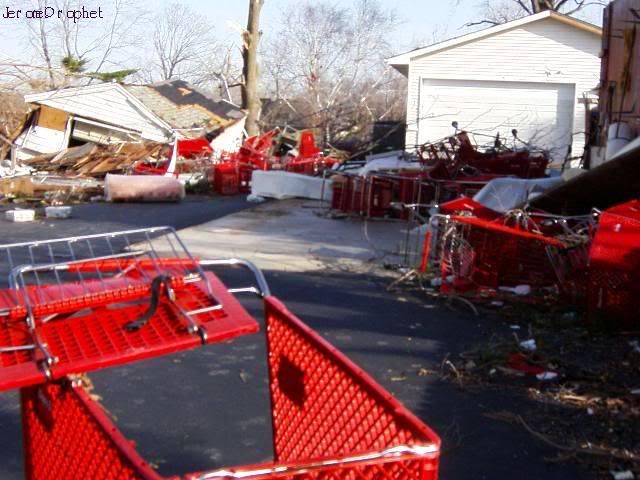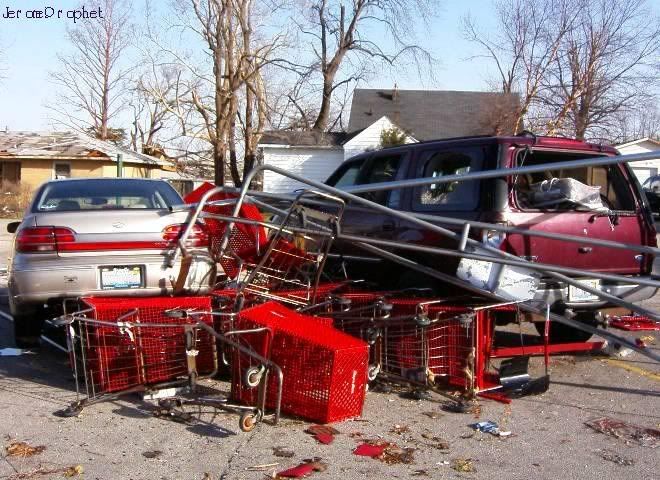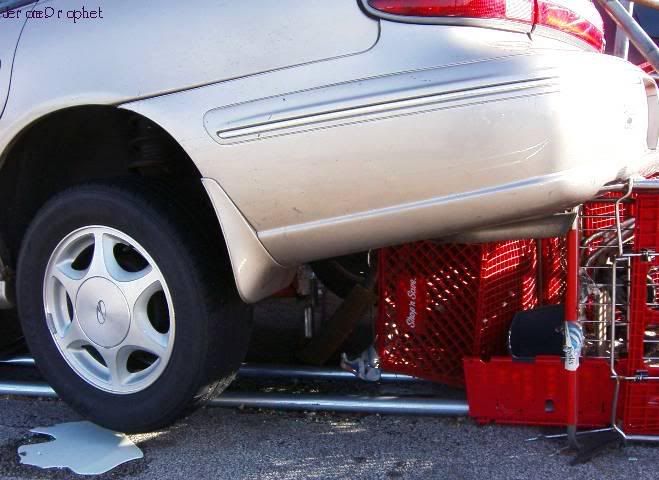The following post includes my partial dissection of an excellent article written by Richard M. Roberds Ph.D. Introducing the Particle-Beam Weapon. Air University Review (July-August 1984).
Article Link: http://www.airpower.maxwell.af.milExcerpts appear in blue, and my mad ramblings in red:
The particle beam itself is analogous to a natural phenomenon with which we are all familiar--the lightning bolt. The analogy is so close that particle-beam pulses are referred to as "bolts."
Particle beams are artificially produced by particle beam generators, while lightning is naturally discharged from clouds. And while there can be differences between the two artificial lightning could be produced so as to resemble natural lightning.
While the electric field in lightning that accelerates the electrons is typically 500,000 volts per meter, these electron velocities are still less than that desired in a particle-beam weapon.
Electron velocities may not have matched the Air Force's classified ABM specifications in 1984, but that fact alone would not have implied that particle-beam weapons didn't already exist prior to 1984, nor does it suggest that significant advances haven't been achieved in this weaponry over the last two decades.
Neither the proton nor the electron show any conclusive advantage over the other in their use as the appropriate "ammunition" of a PBW. The determining factor of whether to use electrons or protons so far has been simply the specific particle accelerator concept planned for use in a beam weapon. Some accelerating schemes call for the acceleration of electrons, while others use protons.
The ability to generate, and discharge negatively charged electrons, and/or positively charged protons into a thunderstorm might have been seen as an opportunity to manipulate some of the basic properties, and processes of thunderstorms.
The possibility of alterting the electrostatic properties of clouds raises many questions.
Can the path, or intensity of thunderstorms be altered through the technical manipulation of a cloud's natural electrostatic charge?
How would the application of multiple artificial lightning strikes of varying intensity, and polarity, effect a thunderstorm?
Could the height, and shape ot the ionosphere be altered by changing the polarity of clouds with artificial lightning? Could the path of the jet-stream be altered through the covert use of particle-beam weapons during thunderstorms?
Developing the ability to covertly discharge artficial lightning within thunderstorms would raise many questions, and open many avenues for research. Decades of covert research related to a weather modification program would significantly, but covertly advance the fields of high energy physics, and meteorology.
The development of a power supply and particle accelerator with sufficient power and appropriately shaped pulses for endoatmospheric weapons depends on very "high-risk" technology and is likely years away.
Dependence upon "high-risk" 1984- technology may have been a factor in deciding whether particle-beam weapons would play a role in a "Star Wars" ABM system, but it would not have precluded either the development, and covert use of particle-beam weapons in other roles.
Particle-beam weapons may have been seen as a possible replacement for air-to-air missiles decades prior to being cast in the loftier role as an Anti Ballistic Missile Weapon (which the author's "Star Wars" article centers upon).
A tertiary effect from the beam would be the generation of an electromagnetic pulse (EMP) by the electric current pulse of the beam. This EMP would be very disruptive to any electronic components of a target.
The use of particle-beam generators as EMF weapons opens up yet another possible role for such weapons. A covert weather modification program employing artificial lightning generators would represent an enormous opportunity to test in a real world setting EMF weapons. Only under the cover of thunderstorms would it be possible to covertly develop, and actually deploy EMF weapons in a real world setting.
Decades of covert research would progress from a startng point of basic knowledge into a high level of expertise in this important area of weaponry - all without notice by the general public.
Another advantage of a particle beam over the high-energy laser in an endoatmospheric application would be an all-weather capability. While a laser can be thwarted completely by such weather effects as clouds, fog, and rain, these atmospheric phenomena would have little effect on the penetrating power of a particle-beam weapon.
Lightning has no trouble reaching the ground even in the worst of storms. This provides further justification towards its development.
An "all weather" usage classification for any weapon is seen a significant advantage for that weapon. While particle-beam weapons can be covertly developed, and used during thunderstorms one day in a not too distant future the world may see the first combat under a clear blue sky in which bolts of lightning from a high flying aircraft shoot down an incoming nuclear tipped missile. .
The successful development of a PBW depends on the ability of the beam to propagate directly and accurately to the target. As we ponder its similarity to lightning, we might consider the jagged, irregular path of a lightning bolt as it darts unpredictably through the sky. Such indeterminacy would never do for the particle beam of a weapon, which must have an extremely precise path of propagation as it traverses the kilometers to the enemy vehicle. This aspect, in fact, may be the Achilles' heel of the endoatmospheric weapon.
Accuracy wouldn't be as great of a stumbling block to such a weapon's deployment if the weapon were covertly developed within thunderstorms. If a particle beam strike misses its target then mulitple attempts to strike the target can be made without invoking attention - or consequence.
In the minds of the masses lightning is a random act of nature, or God, and thus lightning isn't questioned.
As an EMF weapon beam accuracy would not be as vital since a direct hit of a partilce-beam upon the target isn't necessary in order to create a disabling Electro Magnetic Pulse.
Accuracy of the particle-beam path would not be as great of a concern at shorter ranges either.
Using artificial lightning to shoot down another aircraft from ten miles away may present a challenge beyond current technical means (and this might not be a problem), yet disabling a stationary ground-based power grid from ten thousand feet would seemingly demand considerably less accuracy.
Finally, if the goal in using particle-beam weapons is to covertly produce sonic booms (i.e., thunder) to trigger precipitation within thunderstorms the zagged path of a particle beam would not be a concern.
Simply put, all ducks do not have to be in a row before one can begin shooting at ducks - that's why its called it R & D.
The propagation of a charged-particle beam through the atmosphere is, in fact, the pacing issue for the endoatmospheric weapon. It has been theoretically calculated that specific threshold values of the beam parameters (beam current, particle energy, beam pulse length, etc.) are required for a beam to propagate through air with reliability. While the values of these parameters are classified, no particle-beam accelerator is currently capable of creating a beam with the required parameters.
The parameters, of which the author refers, were classified in 1984, and would still be today, and so we can not know just how powerful particle-beams must be in order to meet the Air Force's established criteria. Despite this limitation the actual physics behind the technology isn't classified, and allows us to speculate in a very accurate way about what type of beam would be needed for a specific military application.
Failure of a particle-beam weapon to meeting the Air Force's criterion established for an Anti Ballistic Missile Defense system would not have precluded the development, and deployment of a less powerful, less accurate, but portable particle-beam weapon.
Two crucially important experimental programs are exploring the phenomena of atmospheric beam propagation. The first program, underway at the Lawrence Livermore National Laboratory, involves experiments with an accelerator called the Advanced Test Accelerator (ATA), the construction of which was completed in the fall of 1982. The second program, a joint Air Force/Sandia National Laboratories program, similarly is aimed at investigating beam propagation through the use of a radial-pulse-line accelerator (RADLAC). Continuation of the U.S. program to explore the development of an endoatmospheric weapon will depend on a positive prognosis from these two experimental studies of atmospheric beam propagation.
Note that this article was written during the height of the Cold War when well funded "big science" programs such as those listed above acted as entry ways for researchers into the defense sector. Researchers who were then cherry picked by the defense industry for introduction into various covert research programs within the sprawling defense, and espionage community.
While the "Star Wars" program of the Reagan era was introduced as a Cold War big-science big-money program this fact should not subvert one's understanding of any covert particle-beam weapon's program.
Huge mile long particle-beam generators may have captured the public's attention during the discussion of "Star Wars", but it should not be allowed to act as disinformation about the technical capability possessed even then for the development of smaller particle-beam weapons.
In examining the Air Force charged-particle-beam technology program, we find that its main thrust is the exploration of nonconventional acceleration techniques (neither rf nor induction linacs), with two main purposes in mind. The first is to develop a means of producing a particle beam with parameters closely resembling those that would be required for successful propagation through the atmosphere, so that beam propagation can be studied in depth and propagation theory refined. To date, a RADLAC I accelerator that has been developed has produced a 10-MeV beam of electrons with a 30,000-ampere current.5 A more powerful RADLAC II is under construction.
The second purpose is to develop an accelerator with higher accelerating fields that would permit the building of a shorter device. The nominal accelerating gradient in conventional accelerators is about 5 to 10 MeV per meter of accelerator length. Thus, to produce a 1-GeV beam, a linear accelerator would need to be 100 to 500 meters in length--far too long and cumbersome, particularly if the device were to be carried aboard an aircraft. The Air Force hopes to build a device eventually that will generate a very powerful particle beam with an accelerator of more reasonable length.
Someone, somewhere, with high credibility must have convinced the Airforce that it would be possible to develop a Particle-Beam-Weapon small enough to install onboard an aircraft, and I suspect this took place decades earlier than this article seems to suggest.
Perhaps the particle-beams were not as powerful, destructive, or accurate as the Air Force desired, but it appears that the Air Force was already convinced that the technology was worth the investment.
Once electrical energy is generated for the weapon, it will likely have to be stored in some fashion. A typical storage method involves charging a series of large capacitors (often called a capacitor bank). Other more exotic methods are possible, e.g., spinning a huge mechanical flywheel or simply storing the energy in the form of a high-energy explosive that is released in a contained explosion. Actually, there are numerous schemes for storing and releasing the required energy; their advantages and disadvantages depend on their particular application (i.e., the type of accelerator that is used and whether the weapon is endo- or exoatmospheric).
The flywheel mentioned above sounds primitive, but it does recognize the range of possible means towards generating, and storing the energy needed to drive a particle accelerator. I propose that if the tremendous torque of a jet engine is mechanically transmitted into a dynamo, and that dynamo feeds a capacitor bank then the charge from such an arrangement could adequately power a particle accelerator.
The PBW offers a possibility for defending effectively against a launched ICBM, and even a glimmer of hope toward this end is worthy of pursuit. Should the United States terminate its exploration of particle-beam technology, we would be opening the door for the Soviets to proceed at their own pace toward building such a weapon. We can ill afford technological surprise in an area as crucial as beam weapons.
Note that the author believed, more than twenty years ago, thata significant opportunity existed for the covert development of such a weapon = albeit by the Soviet Union.
The author's concern implies that he felt it was possible to be surprised by a covert Soviet advance in particle-beam weaponry. This concern suggest at the very least the possibility of covertly making great leaps in particle-beam weapon technology over a short periods of time.
About the Richard M. Roberds as of 1984:
Richard M. Roberds (B.A., M.S., University of Kansas; Ph.D., Air Force Institute of Technology) is Associate Professor and Head of the Engineering Technology Department at Clemson University. He is a retired Air Force colonel and was the first technical program manager of the Air Force particle-beam technology program, serving in that capacity from September 1975 until July 1977 at the Air Force Weapons Laboratory, Kirtland AFB, New Mexico. Colonel Roberds is a Distinguished Graduate of Air Command and Staff College and a graduate of the Industrial College of the Armed Forces.

